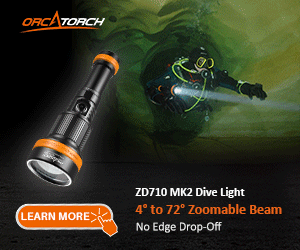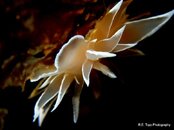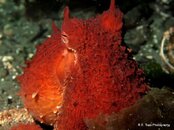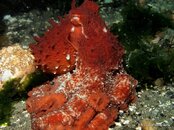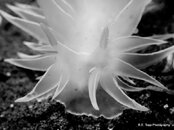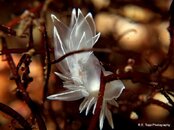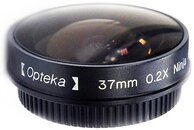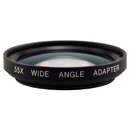Hi there,
I am absolutely new to photography. I decided to get the EPL-2 and the olympus housing as I manage to get a decent price on both. What wide angle options do I have?
Thanks!
Since you are absolutely new, I suggest going slow as far as upgrades. You need to see what sort of underwater photography appeals to you, and decide which investments in options make sense. The standard 14-42mm II lens and standard port are actually excellent, at a bargain price. I'd suggest using them for a while to see how you like them and what sort of photography you enjoy.
Adding External lenses: I have not tried this, but it appears you can add a lightweight external wide angle conversion lens using the macro adapter on the standard port. This wet lens might yield a wider field of view with acceptable optical quality. Any add on lens using the macro adapter would have to be light weight and whole assembly would be rather flimsy, but for occasional use it might serve. I intend to try this out some day when time allows. I'm referring to the Olympus 67mm macro adapter for the standard port, and possibly the Dyron DY.UAL67II or similar wide lens. Note that the 67mm port is built in to thePT-E05L housing for the E-PL3, but I have not tried that housing at all. Probably the PT-E05L housing is a better platform for trying out external lenses.
Wider Lenses and Ports: The next step could be adding the ZEN 9-18mm dome port
only ($500), which by itself widens the field of view by about 30% using the standard lens. If you want wider still, add the Olympus 9-18mm lens ($600), which is a totally outstanding lens. This pair is by far the best buy for wide angle on this system - the sweet spot. It will do very well in shooting wrecks and whales or getting closer to say sharks. There is another housing to consider for this camera which has a dome port as the standard port, namely the 10Bar housing. This is 10Bar housing is actually cheaper than buying the Olympus housing plus Zen dome port.
Ultra wide: Going wider gets much more expensive. The subjects that demand even wider angle use are fewer, but they exist. If you are taking pictures of very large wrecks in poor visibility you want to get close, so the widest possible lens is good. Schools of fish are much more impressive with wider lenses. A video from inside a sardine run can be amazing with wider lens. However, for most shooting they are a little too wide. You have to get very close to a small subject to capture it in reasonable size; otherwise it is lost in the background. So these are rather specialized lenses and ports for special applications in my opinion, and they demand a lot of skill for effective use.
The next wider option is the Panasonic 7-14 lens in Zen Dome, and wider still is the Panasonic 8mm lens with its dome port. I only mention them to round out the picture, but I certainly would not recommend them in your situation. As I said, the standard lens and port are excellent and you would be wise to use them a bit to understand their capabilities and limitations, then go on if you choose.
________________________
Dry mount wide angle conversion lenses: I am looking into several very tiny 37mm wide angle conversion lenses for mounting directly on the 14-42 II lens, inside the housing with a dome port. These are made for video and I doubt they will work well, but I'm curious how well. Work in progress.


